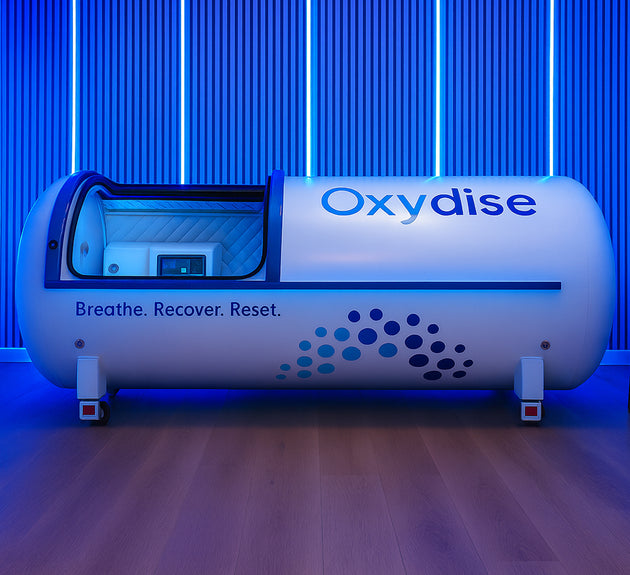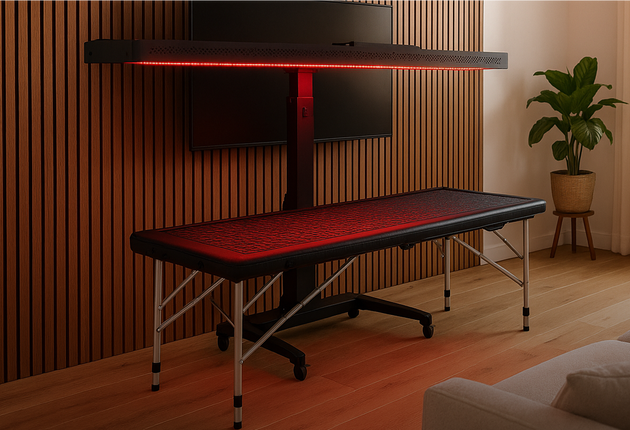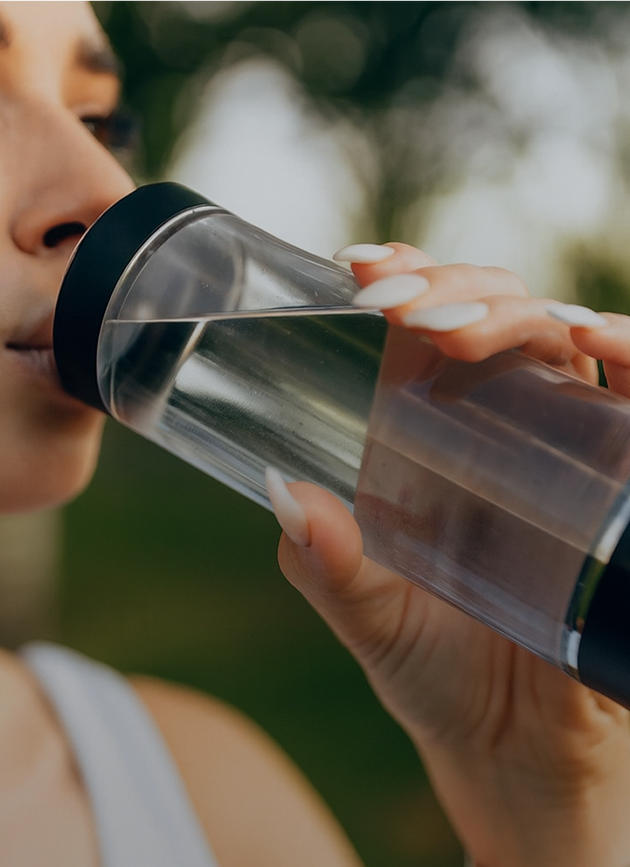In recent years, red light therapy (RLT) has gained widespread attention in the realms of health, fitness, and wellness. This innovative, non-invasive treatment utilizes low-level wavelengths of red and near-infrared light to penetrate the skin, stimulating cellular function and promoting numerous benefits for recovery, performance, and overall well-being.
What is Red Light Therapy?
Red light therapy involves exposure to specific wavelengths of light that interact with the body’s cells to enhance mitochondrial function. The mitochondria, often referred to as the powerhouse of the cell, absorb these light photons, leading to increased energy (ATP) production. This boost in cellular energy contributes to tissue repair, reduced inflammation, and improved circulation.
Enhancing Recovery and Reducing Pain
One of the most significant benefits of red light therapy is its ability to accelerate muscle recovery and alleviate pain. Athletes and fitness enthusiasts often use RLT to reduce muscle soreness, speed up injury healing, and improve flexibility. Studies suggest that red light therapy can decrease oxidative stress, enhance collagen synthesis, and minimize inflammation, leading to faster recovery times from intense workouts or injuries.
Moreover, individuals suffering from chronic pain conditions such as arthritis, fibromyalgia, or lower back pain have reported significant relief after consistent RLT sessions. By stimulating cellular repair mechanisms and reducing inflammatory markers, red light therapy offers a drug-free alternative to managing pain.
Boosting Performance and Endurance
For athletes and active individuals, performance enhancement is a top priority. Red light therapy has been shown to improve muscle endurance, strength, and overall performance by optimizing cellular energy production. Research suggests that pre-exercise RLT can lead to increased muscle output, delayed fatigue, and enhanced oxygen utilization. As a result, many professional athletes and sports teams incorporate RLT into their training regimens to maximize gains and reduce injury risks.
Skin Health and Anti-Aging Benefits
Beyond athletic performance, red light therapy is widely recognized for its skin rejuvenation benefits. By stimulating collagen production and promoting cellular regeneration, RLT helps reduce wrinkles, fine lines, and signs of aging. It is also effective in treating skin conditions such as acne, eczema, and psoriasis, as it enhances wound healing and reduces inflammation.
Mental Well-Being and Sleep Improvement
Red light therapy is not just beneficial for the body—it also positively impacts mental health. Exposure to red and near-infrared light has been linked to improved mood, reduced symptoms of depression and anxiety, and enhanced cognitive function. This therapy can also regulate circadian rhythms, promoting better sleep quality by balancing melatonin production and reducing the effects of blue light exposure from screens.
Additional Benefits of Red Light Therapy
Improved Immune Function
Research suggests that red light therapy can enhance immune system function by stimulating white blood cell production and promoting faster response to infections. This makes it a valuable tool for those looking to strengthen their immune defenses.
Cardiovascular Health
Red light therapy has been found to improve blood circulation and vascular function. Studies indicate that it can help lower blood pressure, reduce oxidative stress in blood vessels, and improve heart health by enhancing endothelial function.
Wound Healing and Tissue Repair
Red light therapy accelerates the healing of wounds, burns, and surgical incisions by stimulating fibroblast and keratinocyte activity. This results in faster tissue regeneration and reduced scarring.
Hormonal Balance
Some studies suggest that red light therapy can influence hormone production, particularly in balancing cortisol, testosterone, and thyroid hormones. This can benefit individuals dealing with stress, fatigue, and metabolic disorders.
How to Use Red Light Therapy
Red light therapy can be administered through various devices, including LED panels, handheld devices, and full-body beds. Depending on individual needs, sessions typically last between 10 to 20 minutes, several times a week. While at-home devices are available, professional treatments may offer higher-intensity benefits.
Conclusion
Red light therapy is a groundbreaking wellness tool that offers a wide range of benefits, from enhancing recovery and athletic performance to promoting skin health, mental well-being, and immune function. As more scientific research continues to validate its effectiveness, RLT is becoming a staple in modern health and wellness routines. Whether you're an athlete looking to optimize performance, someone managing chronic pain, or simply seeking anti-aging solutions, red light therapy may be the game-changer you’ve been searching for.
References
1. Hamblin, M. R. (2017). Mechanisms and applications of the anti-inflammatory effects of photobiomodulation. APL Bioengineering, 1(2), 021002.
https://pubmed.ncbi.nlm.nih.gov/28748217/
2. Chung, H., Dai, T., Sharma, S. K., Huang, Y. Y., Carroll, J. D., & Hamblin, M. R. (2012). The nuts and bolts of low-level laser (light) therapy. Annals of Biomedical Engineering, 40(2), 516-533.
https://pubmed.ncbi.nlm.nih.gov/22045511/
3. Ferraresi, C., Huang, Y. Y., Hamblin, M. R., Parizotto, N. A., & Bagnato, V. S. (2016). Photobiomodulation in human muscle tissue: an advantage in sports performance? Journal of Biophotonics, 9(11-12), 1273-1299.
https://pubmed.ncbi.nlm.nih.gov/27874264/
4. Salehpour, F., Mahmoudi, J., Kamari, F., Sadigh-Eteghad, S., Rasta, S. H., & Hamblin, M. R. (2018). Brain photobiomodulation therapy: a narrative review. Molecular Neurobiology, 55(8), 6601-6636.
















